

Articles
Where Does Wax Go When Candles Burn?
Modified: January 4, 2024
Discover the intriguing journey of wax as candles burn in this captivating article. Learn where the wax goes and unravel the science behind it.
(Many of the links in this article redirect to a specific reviewed product. Your purchase of these products through affiliate links helps to generate commission for Storables.com, at no extra cost. Learn more)
Introduction
When we light a candle, we often marvel at the mesmerizing dance of the flame and the warm glow it creates. But have you ever wondered what happens to the wax as the candle burns? Where does it all go?
To understand the journey of wax during the burning process, we need to delve into the chemistry behind candle burning and the role of wax in candles. By understanding the science behind it, we can unravel the mystery of where the wax goes.
Candles have long been used as a source of light, heat, and ambiance. From the earliest days of civilization, humans have relied on candles for various purposes. But how does a simple wax candle produce light and sustain a burning flame?
The Chemistry of Candle Burning:
Candle burning is a complex chemical process that involves the combustion of the wick and the wax. The wick, typically made of cotton, serves as a fuel source for the flame. As the wick burns, it draws liquid wax from the surrounding solid wax, creating a continuous supply of fuel to sustain the flame.
The Role of Wax in Candles:
Wax, the main ingredient in candles, plays a crucial role in the burning process. It serves as a reservoir of fuel that is gradually converted into vapor and burned by the flame. The type of wax used in a candle can vary, with common choices including paraffin wax, beeswax, soy wax, and palm wax. Each type of wax has its own unique properties that can affect the burning characteristics of the candle.
The Combustion Process:
When a candle is lit, the heat of the flame melts the solid wax near the wick. This liquid wax is then drawn up the wick and vaporizes, providing fuel to sustain the burning process. The heat of the flame vaporizes the liquid wax, breaking the hydrocarbon molecules down into molecules of hydrogen and carbon. These vaporized molecules react with oxygen in the air, creating a chemical reaction known as combustion.
Formation of Wax Vapor:
As the liquid wax is drawn up the wick, it is exposed to the heat of the flame, causing it to vaporize. This vaporized wax combines with oxygen from the air, forming a mixture of hydrocarbon gases.
Key Takeaways:
- As candles burn, the wax undergoes a fascinating transformation into energy and byproducts through the process of combustion, creating the mesmerizing light and warmth we all love.
- Understanding the factors that influence wax distribution in burning candles allows for an appreciation of the artistry and science behind creating the perfect ambiance and fragrance experience.
Read more: Where Does Wax Come From For Candles
The Chemistry of Candle Burning
Candle burning is a fascinating process that involves several chemical reactions. Understanding the chemistry behind it can help us comprehend how wax is transformed into heat, light, and that comforting glow we all love.
At the heart of candle burning is the combustion reaction, which fuels the flame and produces heat and light. Combustion is a chemical reaction between a fuel source, such as the hydrocarbons in wax, and an oxidizing agent, typically oxygen from the air.
When you light a candle, the heat of the flame melts the solid wax, creating a pool of liquid wax around the wick. This liquid wax is then drawn upward through the wick, known as capillary action. As the liquid wax reaches the flame, it encounters intense heat, causing it to vaporize.
As the liquid wax vaporizes, the heat from the flame breaks down the long chains of hydrocarbon molecules in the wax into smaller molecules, such as carbon dioxide (CO2), water vapor (H2O), and various volatile organic compounds (VOCs). This process is known as pyrolysis or thermal decomposition.
The vaporized hydrocarbon molecules, along with the oxygen in the air, undergo a series of reactions to produce light and heat. The hydrocarbons in the wax act as the fuel source, while the oxygen provides the necessary oxidizer for the combustion reaction.
During the combustion process, carbon atoms in the hydrocarbon molecules combine with oxygen to form carbon dioxide (CO2). This is the same gas we exhale when we breathe. The hydrogen atoms in the hydrocarbons combine with oxygen to form water vapor (H2O).
In addition to carbon dioxide and water vapor, various volatile organic compounds (VOCs) are also produced during the combustion of wax. These VOCs can contribute to the fragrance or scent of scented candles.
The heat generated by the combustion reaction sustains the flame, allowing the continuous burning of the candle. As long as there is a sufficient supply of liquid wax being drawn up the wick and vaporized, the flame will persist.
It’s important to note that the combustion of wax is not a perfect process. Incomplete combustion, where there is a limited supply of oxygen, can lead to the formation of soot. Soot is the black residue that you may see on the wick and glass container of a candle, and it consists mainly of carbon particles.
Understanding the chemistry of candle burning not only provides insight into the transformation of wax into light and heat but also helps us appreciate the delicate balance of factors that contribute to the beauty and functionality of candles.
The Role of Wax in Candles
Wax is the key ingredient in candles and plays a vital role in their functionality and performance. It serves as the fuel source for the burning process and contributes to the overall aesthetic appeal of the candle. Understanding the role of wax in candles can help us appreciate the different types of wax used and their impact on the burning characteristics of a candle.
There are various types of wax commonly used in candle making, each with its own unique properties and qualities. Some of the most popular types of wax include paraffin wax, beeswax, soy wax, and palm wax.
Paraffin wax is the most widely used wax for candle making. It is derived from petroleum and is known for its excellent scent throw and ability to hold color. Paraffin wax is versatile, affordable, and readily available, making it a popular choice among candle makers.
Beeswax, as the name suggests, is produced by honeybees. It is a natural wax that offers a beautiful, warm glow and has a subtle, honey-like scent. Beeswax is known for its longer burn time and cleaner combustion, making it a preferred option for those seeking a more environmentally friendly and sustainable choice.
Soy wax is made from soybean oil and is a renewable and biodegradable alternative to traditional paraffin wax. It burns cleaner and longer than paraffin wax, producing minimal soot and offering excellent scent throw. Soy wax candles have gained popularity among environmentally conscious consumers.
Palm wax, derived from palm oil, is another eco-friendly option. It has a unique crystal-like appearance and a clean burn. Palm wax candles are known for their excellent scent retention and ability to hold intricate designs and patterns.
The primary role of wax in candles is to serve as a fuel source for the burning process. When the wick is lit, the heat of the flame melts the solid wax, creating a pool of liquid wax around the wick. This liquid wax is then drawn up the wick, where it vaporizes and undergoes combustion, providing the necessary fuel to sustain the flame.
Wax also contributes to the overall aesthetic appeal of candles. It determines factors such as color, texture, scent throw, and burn time. The choice of wax can significantly impact the performance and characteristics of a candle, making it an essential consideration for candle makers.
In addition to the type of wax, other factors such as the size and type of wick, the fragrance or essential oils used, and the presence of additives or dyes can also influence the burning behavior of a candle.
Understanding the role of wax in candles allows us to appreciate the art and science of candle making. It helps us make more informed choices when selecting candles and enables us to better enjoy the soothing and atmospheric experience they provide.
The Combustion Process
The combustion process is at the heart of candle burning, generating the heat, light, and ambiance that we associate with candles. Understanding how this process works can shed light on the mesmerizing dance of the flame and the transformation of wax into energy.
When a candle is lit, the heat from the flame melts the solid wax near the wick, creating a pool of liquid wax. The liquid wax is then drawn up the wick through capillary action, where it is exposed to the intense heat of the flame.
As the liquid wax reaches the flame, it begins to vaporize. The heat from the flame breaks down the long chains of hydrocarbon molecules in the wax, converting them into smaller molecules. This process is known as pyrolysis or thermal decomposition.
The vaporized hydrocarbon molecules combine with oxygen from the air and undergo a series of chemical reactions to produce light and heat. This process is the essence of combustion.
During combustion, the carbon atoms in the hydrocarbon molecules combine with oxygen to form carbon dioxide (CO2). This is a colorless, odorless gas that is released into the surrounding air. The reaction can be represented by the equation: hydrocarbon + oxygen → carbon dioxide + water vapor + heat + light.
In addition to carbon dioxide, water vapor (H2O) is also produced during combustion. The hydrogen atoms in the hydrocarbon molecules combine with oxygen to form water vapor, contributing to the overall moisture in the surrounding environment.
The heat generated by the combustion reaction sustains the flame, allowing the continuous burning of the candle. As long as there is a sufficient supply of liquid wax being drawn up the wick and vaporized, the flame will persist.
It’s important to note that the combustion of wax is not always complete. Incomplete combustion can occur when there is a limited supply of oxygen, which can lead to the production of soot. Soot is a black residue that may accumulate on the wick, the candle container, or the surrounding surfaces. It consists mainly of carbon particles that did not fully burn during the combustion process.
The combustion process not only provides the light and warmth we associate with candles but also contributes to the overall atmosphere and ambiance they create. The flickering flame, the gentle crackling sound, and the subtle scent of fragrant candles all add to the sensory experience that makes candles so captivating.
Understanding the intricacies of the combustion process allows us to appreciate the science and beauty behind candle burning. It reminds us of the remarkable ability of a small flame to transform wax into energy and create an atmosphere of tranquility and relaxation.
Formation of Wax Vapor
As a candle burns, the solid wax near the wick melts and transforms into a pool of liquid wax. This liquid wax is then drawn up the wick, where it encounters the heat of the flame. As the liquid wax reaches the flame, it undergoes a phase change and transforms into vapor. This process is known as the formation of wax vapor.
The heat from the flame causes the liquid wax molecules to gain energy, which disrupts the intermolecular forces holding the wax together. As a result, the liquid wax transitions into a gaseous state, creating wax vapor.
The formation of wax vapor is a crucial step in the combustion process of a candle. It provides the necessary fuel for the flame to sustain its burn. The vaporized wax molecules combine with oxygen from the surrounding air, allowing the combustion reaction to occur and produce heat, light, and other byproducts.
During the formation of wax vapor, not all of the liquid wax is converted into gas instantaneously. Instead, a continuous process of vaporization takes place, where the liquid wax is gradually drawn up the wick and transformed into vapor as it approaches the heat source of the flame.
The rate of wax vaporization can be influenced by several factors, including the type of wax used, the temperature of the flame, and the size and composition of the wick. Different types of wax have different vaporization properties, with some evaporating more readily than others.
The vaporization of wax is influenced by the principles of vapor pressure. Vapor pressure is the pressure exerted by the vapor of a substance when it is in equilibrium with its liquid or solid phase. Higher temperatures increase the vapor pressure, causing the wax to vaporize more quickly.
As the liquid wax is drawn up the wick and exposed to the heat of the flame, its vapor pressure increases. This increase in vapor pressure enables the wax to vaporize more readily and contribute to the combustion process.
The formation of wax vapor is an essential step in the burning of a candle. It allows the liquid wax to be transformed into a gaseous state, providing the fuel necessary for the flame to sustain its burn. The continuous vaporization of wax ensures a steady supply of fuel, contributing to the longevity of the candle’s burn.
Understanding the formation of wax vapor helps us appreciate the delicate balance of factors involved in candle burning. It highlights the intricate chemistry behind the transformation of wax into heat, light, and the enchanting ambiance that candles provide.
When candles burn, the wax is drawn up the wick by capillary action and is vaporized by the heat of the flame, producing light and heat.
Read more: When To Burn Bayberry Candles
Release of Wax Vapor
As a candle burns, the vaporized wax created by the heat of the flame is released into the surrounding environment. This release of wax vapor is a crucial step in the burning process, contributing to the diffusion of fragrance and creating the characteristic scent associated with scented candles.
When the liquid wax is drawn up the wick and vaporizes, it forms a mixture of hydrocarbon gases. These gases, along with any fragrance or essential oils present in the candle, are released into the air as the wax vapor is dispersed.
The release of wax vapor can be influenced by various factors, including the temperature of the flame, the composition of the wax, and the presence of additives or fragrance oils. Different types of wax have varying vaporization properties, which can affect the rate and intensity of the release of wax vapor.
The diffusion of wax vapor into the air occurs through a process known as evaporation. As the vaporized wax molecules have higher energy levels than the surrounding air molecules, they escape from the liquid wax and spread into the surrounding space.
The fragrance or essential oils added to the candle can also play a significant role in the release of wax vapor. These oils have low molecular weights and high vapor pressures, allowing them to evaporate easily and contribute to the overall scent of the candle.
Additionally, the size and composition of the wick can influence the release of wax vapor. A properly sized wick allows for efficient vaporization and dispersal of the wax, while an oversized or clogged wick can impede the release of vapor and potentially lead to incomplete combustion.
As the wax vapor is released into the air, the fragrance molecules become readily accessible to our olfactory receptors, creating the pleasant scent that enhances the sensory experience of candle burning.
The release of wax vapor is not limited to scented candles alone. Even unscented candles emit a subtle scent due to the combustion byproducts and the natural aroma of the wax itself. This scent, though less pronounced than in scented candles, adds to the overall ambiance created by the burning candle.
It’s worth noting that the release of wax vapor, along with the combustion byproducts, should be monitored in well-ventilated areas. Adequate air circulation helps prevent the accumulation of soot and allows for the safe dispersion of any byproducts generated during the burning process.
The release of wax vapor contributes to the atmospheric beauty and sensory enjoyment of burning candles. It adds to the overall experience by offering not only a visual spectacle but also an aromatic aura that can fill a space with warmth and ambiance.
Understanding the release of wax vapor provides insight into the captivating properties of candles and allows us to fully appreciate the delightful scents and fragrant atmospheres that they create.
Where Does the Wax Go?
As we light a candle and watch it burn, it’s natural to wonder where the wax goes. We see the flame flickering, the melting wax, and the steady disappearance of the candle’s solid form. So, what happens to the wax as the candle burns?
The answer lies in the combustion process and the transformation of the wax into energy and byproducts. As the candle burns, the heat of the flame melts the solid wax near the wick, creating a pool of liquid wax. This liquid wax is then drawn up the wick through capillary action, where it vaporizes and undergoes combustion.
During combustion, the vaporized wax molecules combine with oxygen from the air, producing heat, light, and various byproducts. The carbon atoms in the hydrocarbon molecules within the wax combine with oxygen to form carbon dioxide (CO2), a colorless gas that is released into the surrounding air.
In addition to carbon dioxide, the combustion of wax produces water vapor (H2O). The hydrogen atoms in the hydrocarbon molecules combine with oxygen to form water vapor, contributing to the moisture in the surrounding environment.
While most of the wax is transformed into carbon dioxide and water vapor during combustion, not all of it is completely converted. Incomplete combustion can occur when there is a limited supply of oxygen, resulting in the formation of soot. Soot is the black residue that can be seen on the wick, the candle container, or other surfaces.
So, in essence, the wax is not disappearing; it is undergoing a chemical transformation. The solid wax is converted into gaseous byproducts, primarily carbon dioxide and water vapor, through the process of combustion.
It’s important to note that the amount of wax consumed and the rate at which it burns can vary depending on factors such as the size and composition of the wick, the type of wax used, and the airflow around the candle. Different types of wax, such as paraffin, beeswax, soy wax, or palm wax, may have different burning characteristics and rates of consumption.
Ultimately, the wax serves as the fuel source for the candle, gradually transforming into gaseous byproducts that are released into the air. The heat, light, and ambiance we enjoy from a burning candle are the result of this chemical process, where the wax is converted into energy and other compounds.
So, the next time you light a candle and marvel at its flickering flame, remember that the wax is not simply disappearing—it is being transformed into a beautiful display of light and warmth.
Factors Affecting Wax Distribution
As candles burn, the distribution of wax can vary, leading to different patterns and behaviors. Several factors come into play and can influence how the wax is distributed throughout the candle as it melts and the flame consumes the fuel source.
Wick Size and Placement:
The size and placement of the wick play a crucial role in determining how the wax is distributed. A properly sized wick helps draw up the liquid wax efficiently, allowing for a steady and clean burn. If the wick is too small, it may struggle to draw up enough wax, leading to an incomplete burn. On the other hand, an oversized wick may cause excessive wax consumption and result in a larger flame.
Candle Shape and Design:
The shape and design of the candle can also impact the wax distribution. Candles with a larger surface area or unique geometries, such as pillar candles or those with multiple wicks, may melt the wax more quickly and evenly. This can lead to a more uniform distribution of the melting wax, with less pooling and dripping.
Environmental Factors:
Environmental conditions can affect the behavior of melting wax. Higher external temperatures can accelerate the melting process, causing the wax to distribute more quickly. Conversely, lower temperatures may slow down the melting process, resulting in slower wax distribution.
Burning Time:
The duration of burn time also influences how the wax is distributed. Longer burn times allow for more complete melting and distribution of the wax, while shorter burn times may result in uneven melting and wax accumulation towards the center of the candle.
Type of Wax:
The type of wax used in a candle can impact its distribution. Different waxes, such as paraffin, beeswax, soy wax, or palm wax, have varying melting points and characteristics. Each type of wax may have a different rate and pattern of melting, ultimately affecting how the wax is distributed throughout the candle.
Container and Heat Control:
The type of container used can influence the distribution of wax. Containers that provide good thermal insulation may prevent excessive heat from escaping, resulting in slower and more controlled wax distribution. Additionally, containers that allow for better heat dissipation can prevent overheating and uneven melting.
Airflow:
Airflow around the candle can impact wax distribution. Adequate airflow helps regulate the temperature and prevents localized heating and excessive wax consumption. Insufficient airflow may lead to uneven melting and pooling of wax.
These factors, among others, interact to determine how the wax is distributed as a candle burns. By understanding these factors, candle makers can design candles to achieve the desired distribution patterns, while users can optimize their burning conditions for an optimal and controlled wax distribution.
It’s important to note that while some wax distribution patterns may be desirable and visually appealing, others, such as excessive dripping or uneven melting, may indicate issues with the candle’s design or burn conditions. Monitoring and adjusting these factors can help promote a more even and efficient burn.
Ultimately, the distribution of wax in a burning candle is a complex interaction between various factors. By considering these factors and making appropriate adjustments, both candle makers and enthusiasts can achieve a desirable and visually pleasing candle burning experience.
Conclusion
The burning of a candle is not just a simple act of lighting a wick; it is a fascinating chemical process that involves the transformation of wax into heat, light, and ambiance. Understanding where the wax goes during this process allows us to appreciate the science and artistry behind candle burning.
We have explored the chemistry of candle burning, learning about the role of wax as the fuel source and how it undergoes combustion to produce carbon dioxide and water vapor. The formation of wax vapor and its subsequent release into the air contribute to the diffusion of fragrance and the creation of a delightful scent experience.
Factors such as wick size and placement, candle shape and design, environmental conditions, burning time, type of wax, container and heat control, and airflow can all influence how the wax is distributed throughout the candle. Understanding these factors helps candle makers create candles with desired burning characteristics while enabling users to optimize their burning conditions for optimal wax distribution.
As we watch a candle’s flame flicker and the wax melt, we can now appreciate that the wax is not simply vanishing. Instead, it is being transformed into energy and byproducts through the process of combustion. The heat, light, and ambiance we enjoy from a burning candle are the result of this beautiful chemical reaction.
Whether you light a simple unscented candle for relaxation or embrace the aromatic experience of a scented candle, knowing the journey of the wax adds depth to the intimate moments created by these flickering flames.
So, the next time you light a candle, take a moment to observe the dance of the flame and appreciate the transformation of wax into a mesmerizing display of light and warmth. Remember the chemistry, the factors at play, and the beauty that arises from something as simple as a burning candle.
Candles have played a significant role in human history and continue to hold a special place in our lives today. They bring comfort, create a cozy atmosphere, and evoke a sense of relaxation and tranquility. Now, armed with the knowledge of where the wax goes when candles burn, let us embrace the magic and charm of these timeless sources of light.
Frequently Asked Questions about Where Does Wax Go When Candles Burn?
Was this page helpful?
At Storables.com, we guarantee accurate and reliable information. Our content, validated by Expert Board Contributors, is crafted following stringent Editorial Policies. We're committed to providing you with well-researched, expert-backed insights for all your informational needs.

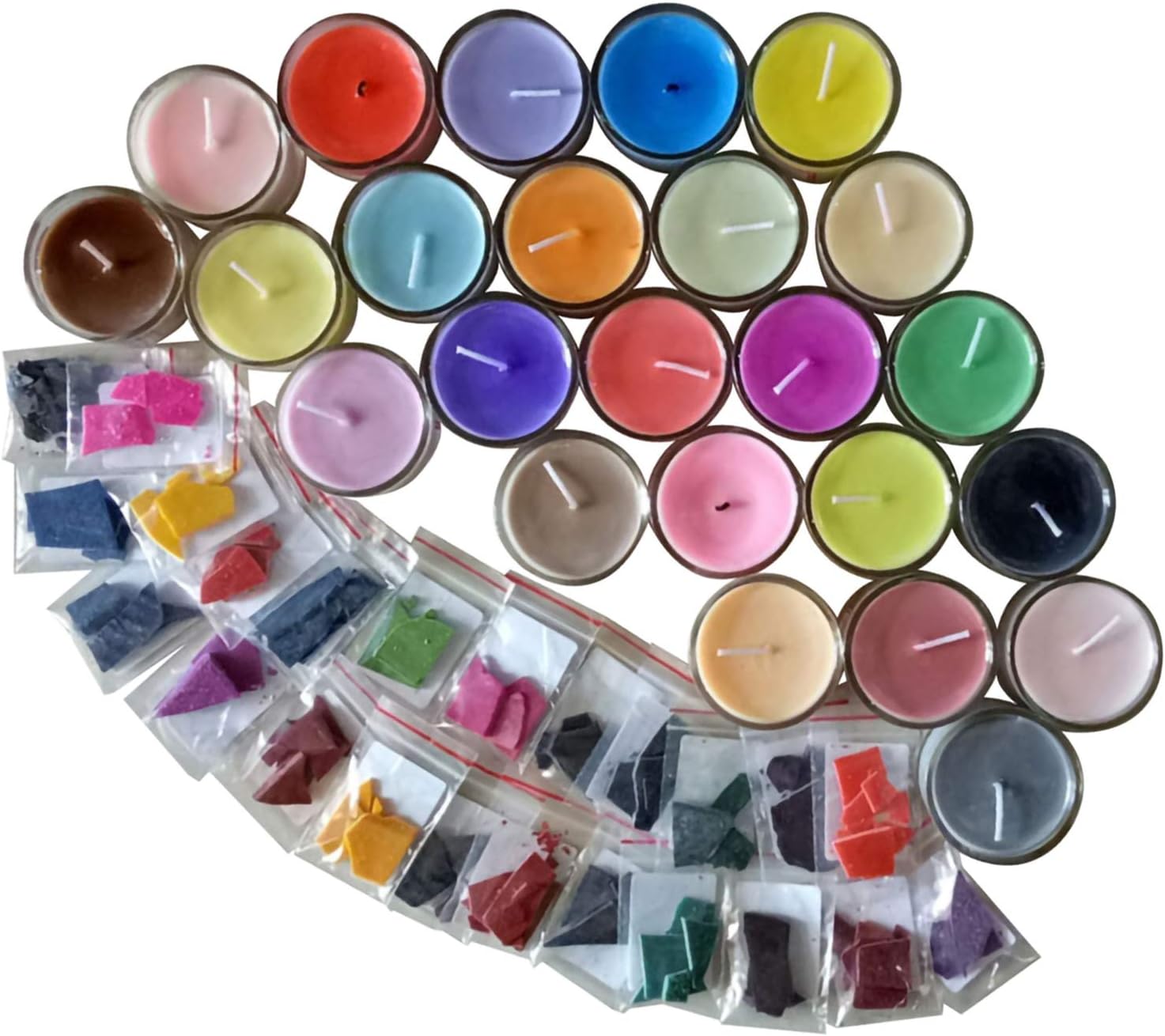


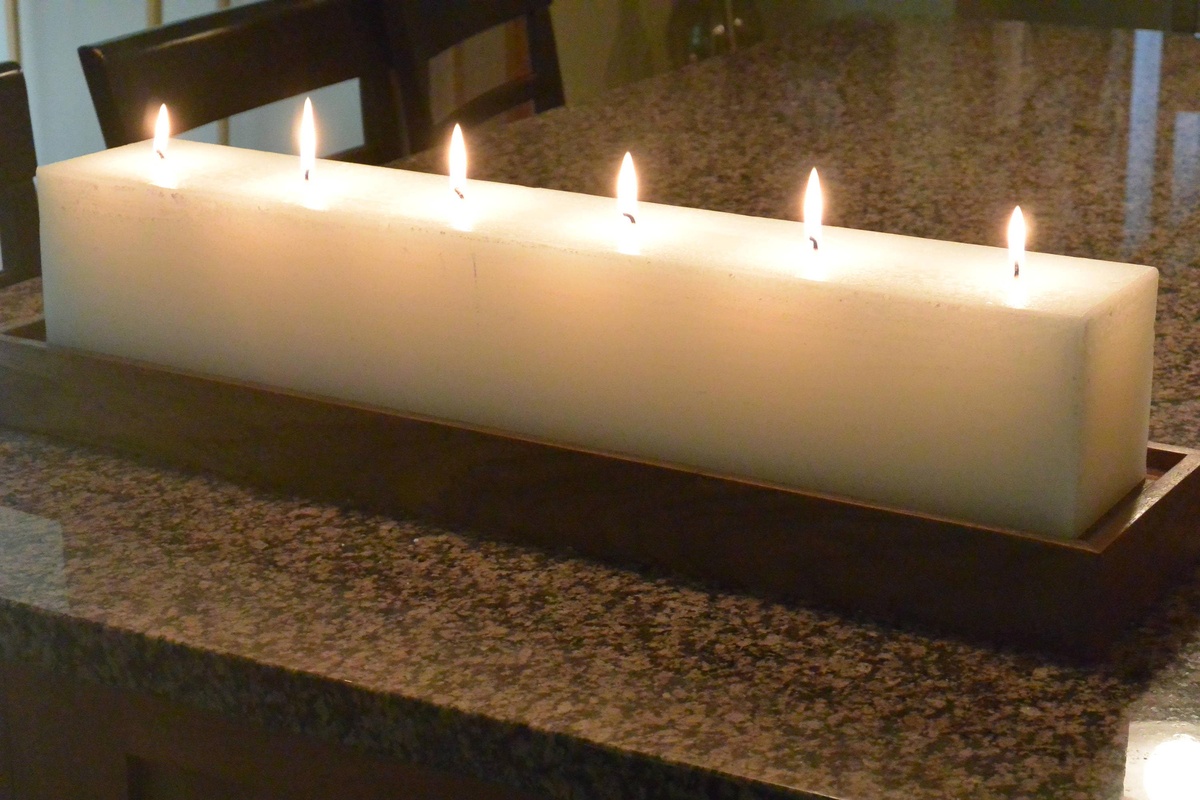
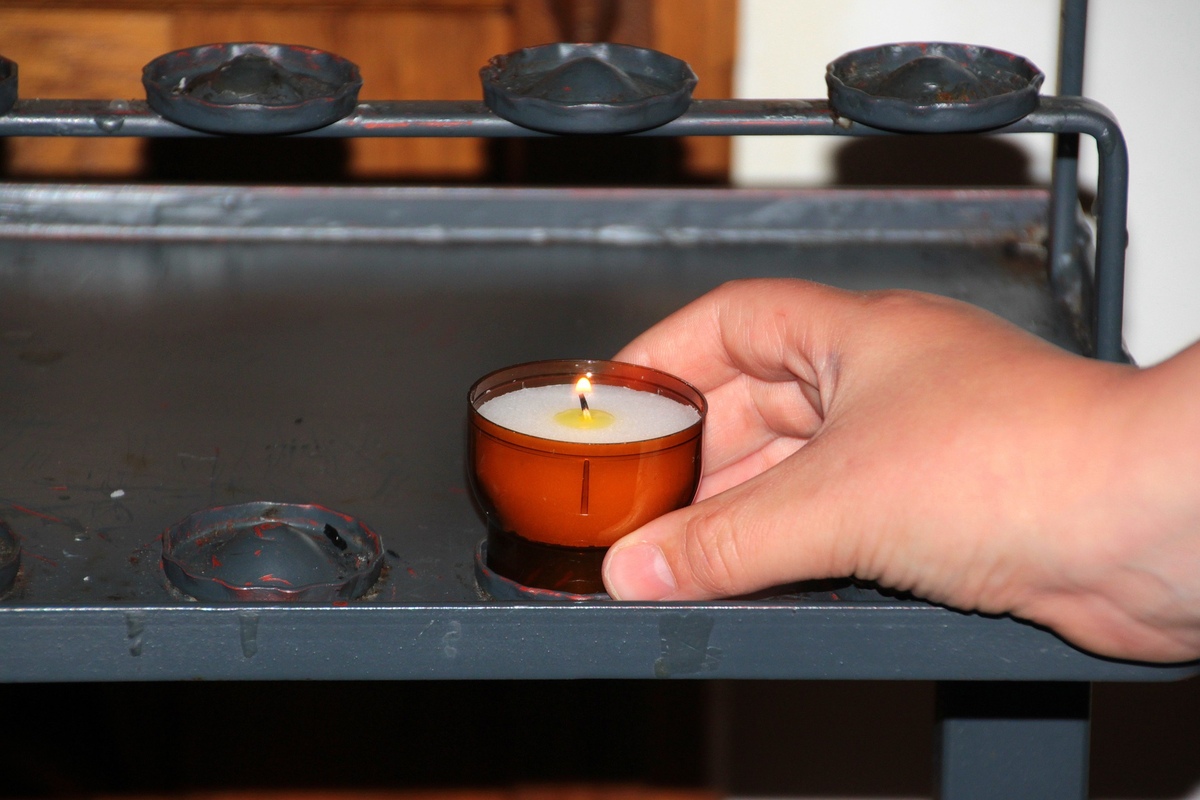


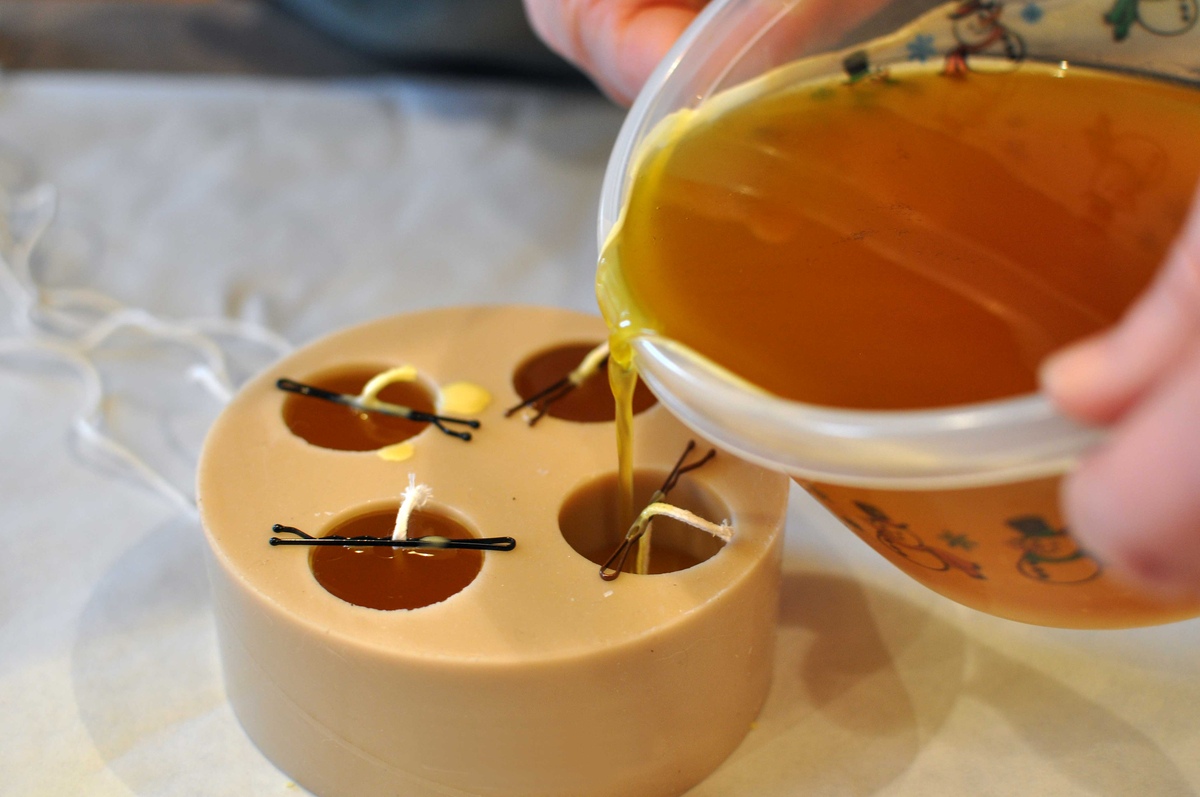
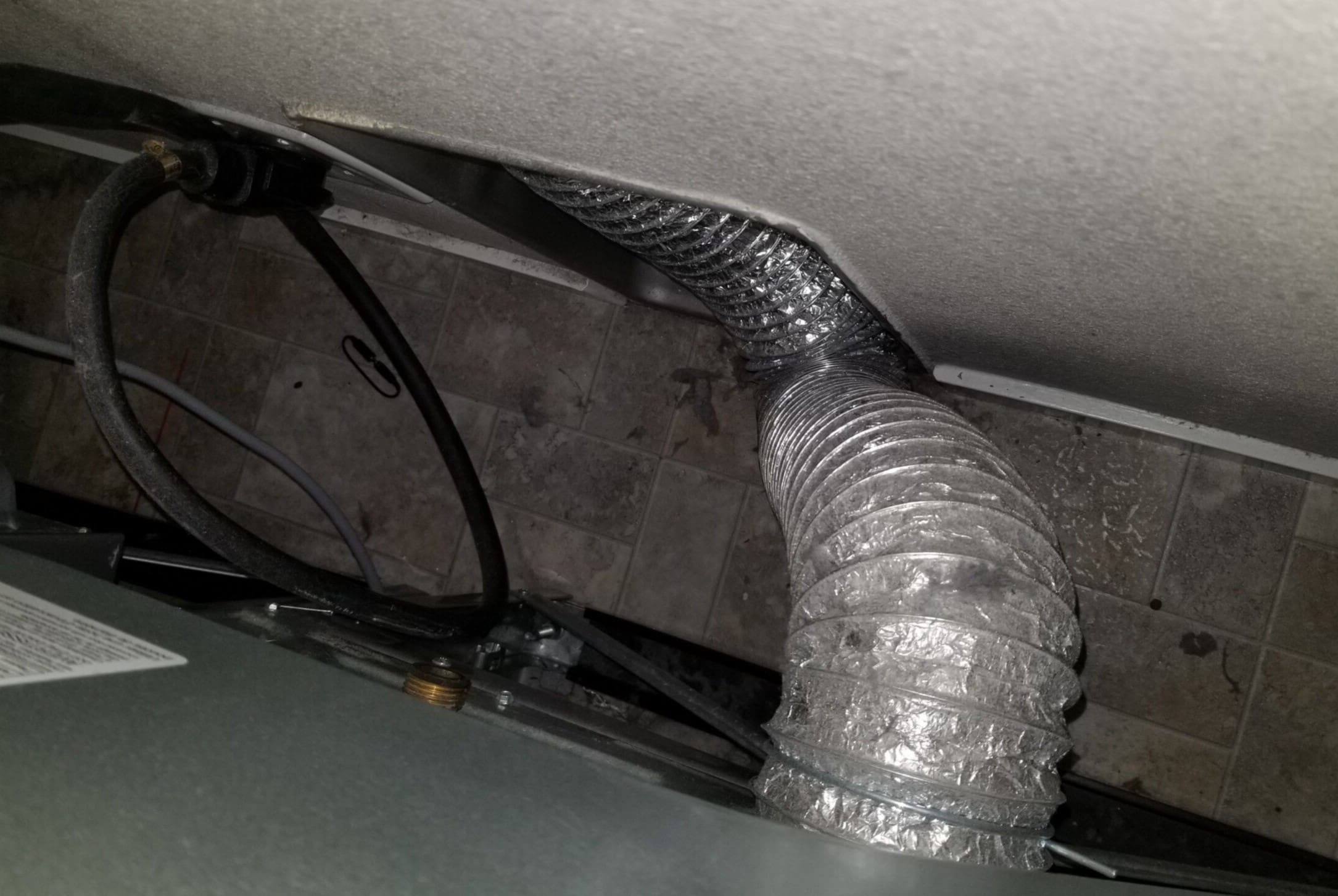



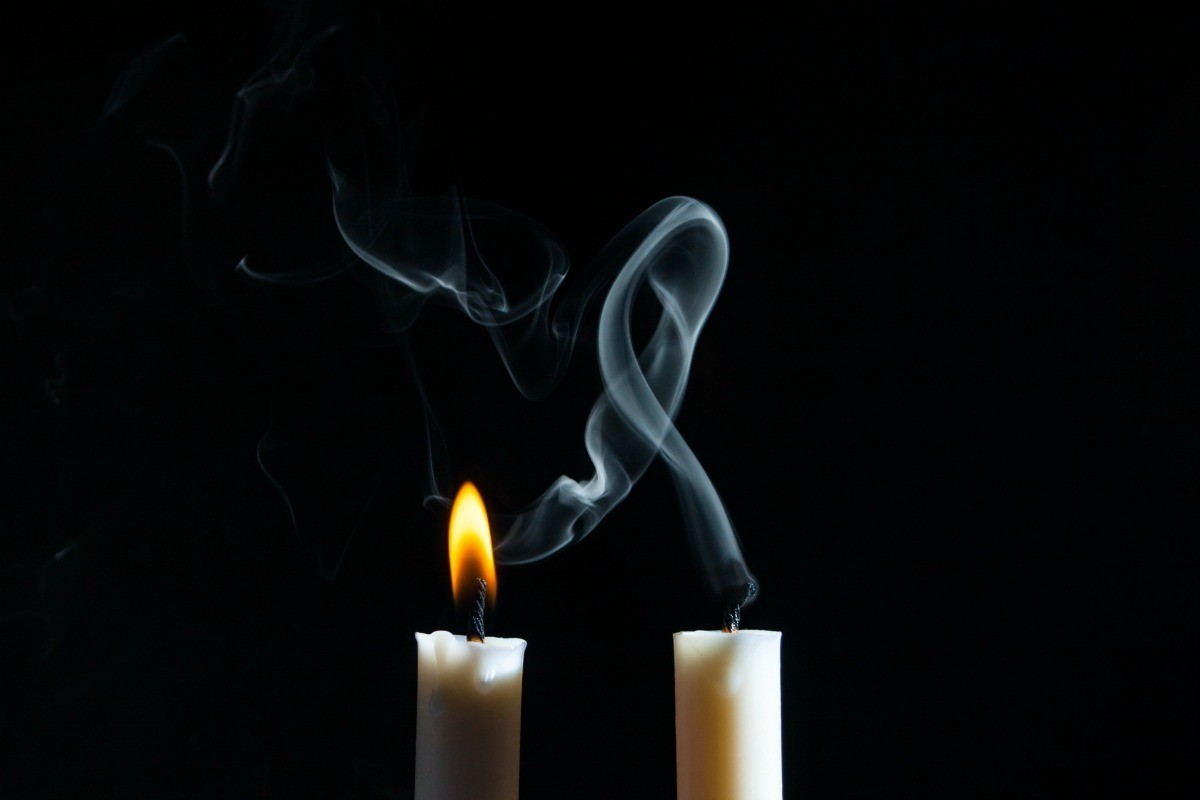

0 thoughts on “Where Does Wax Go When Candles Burn?”